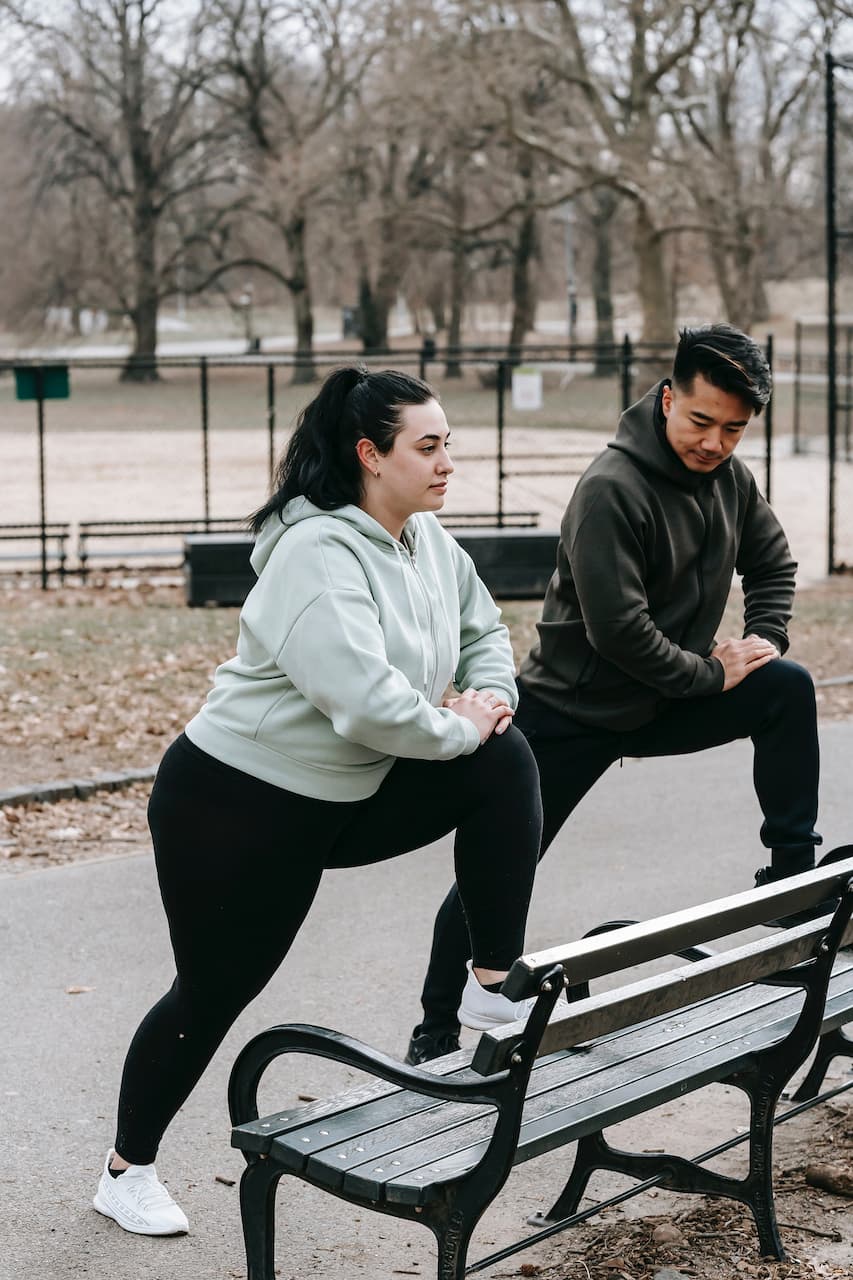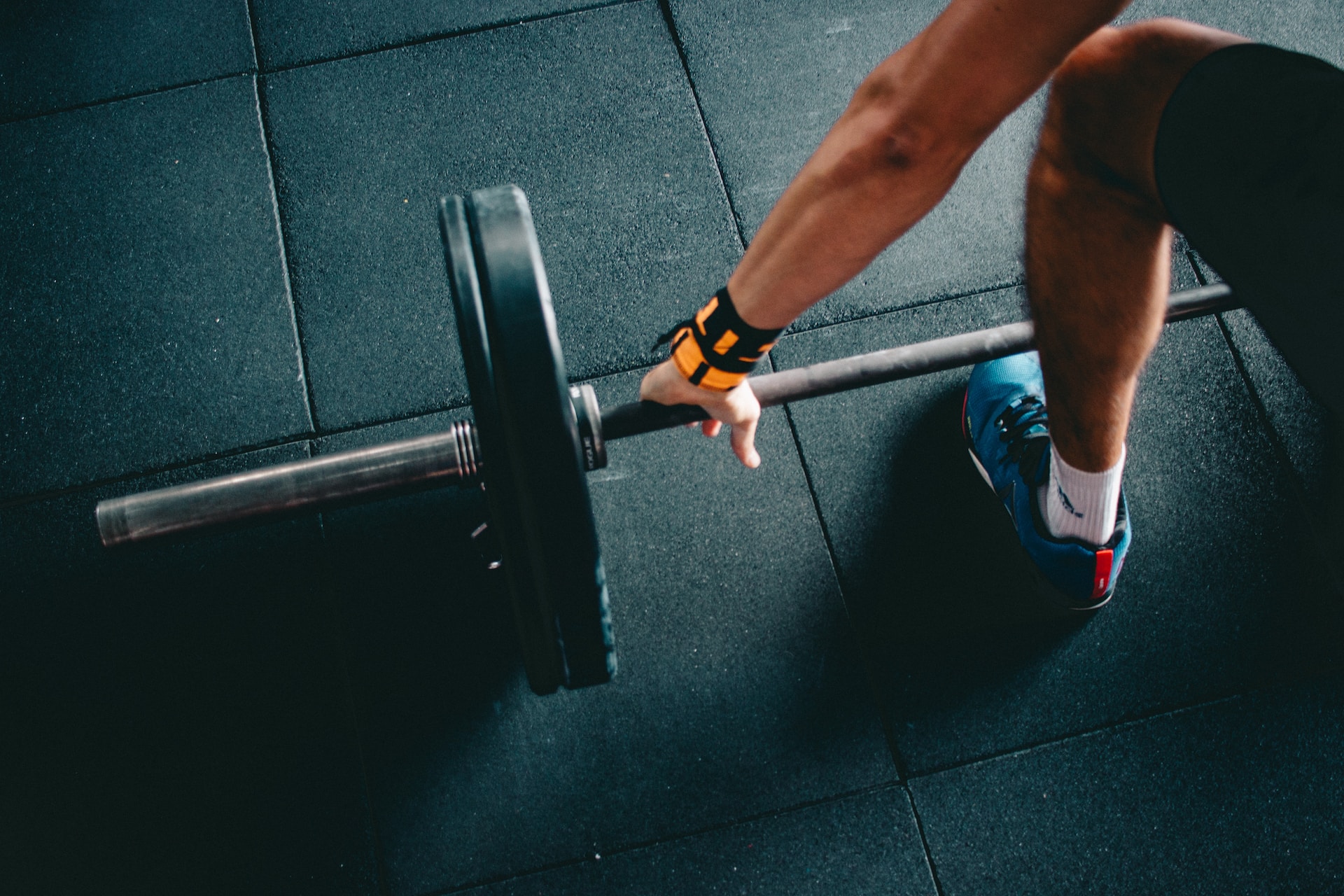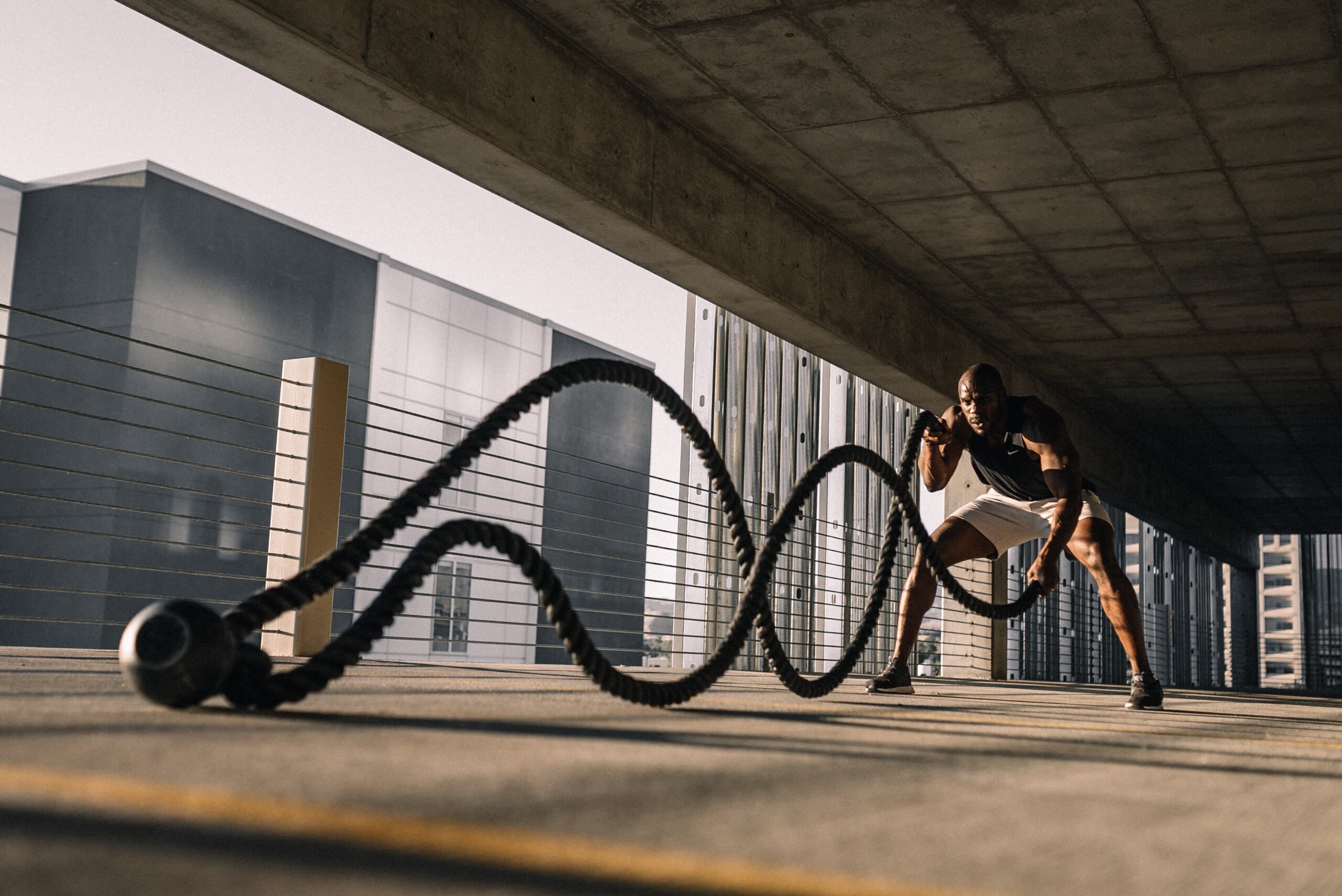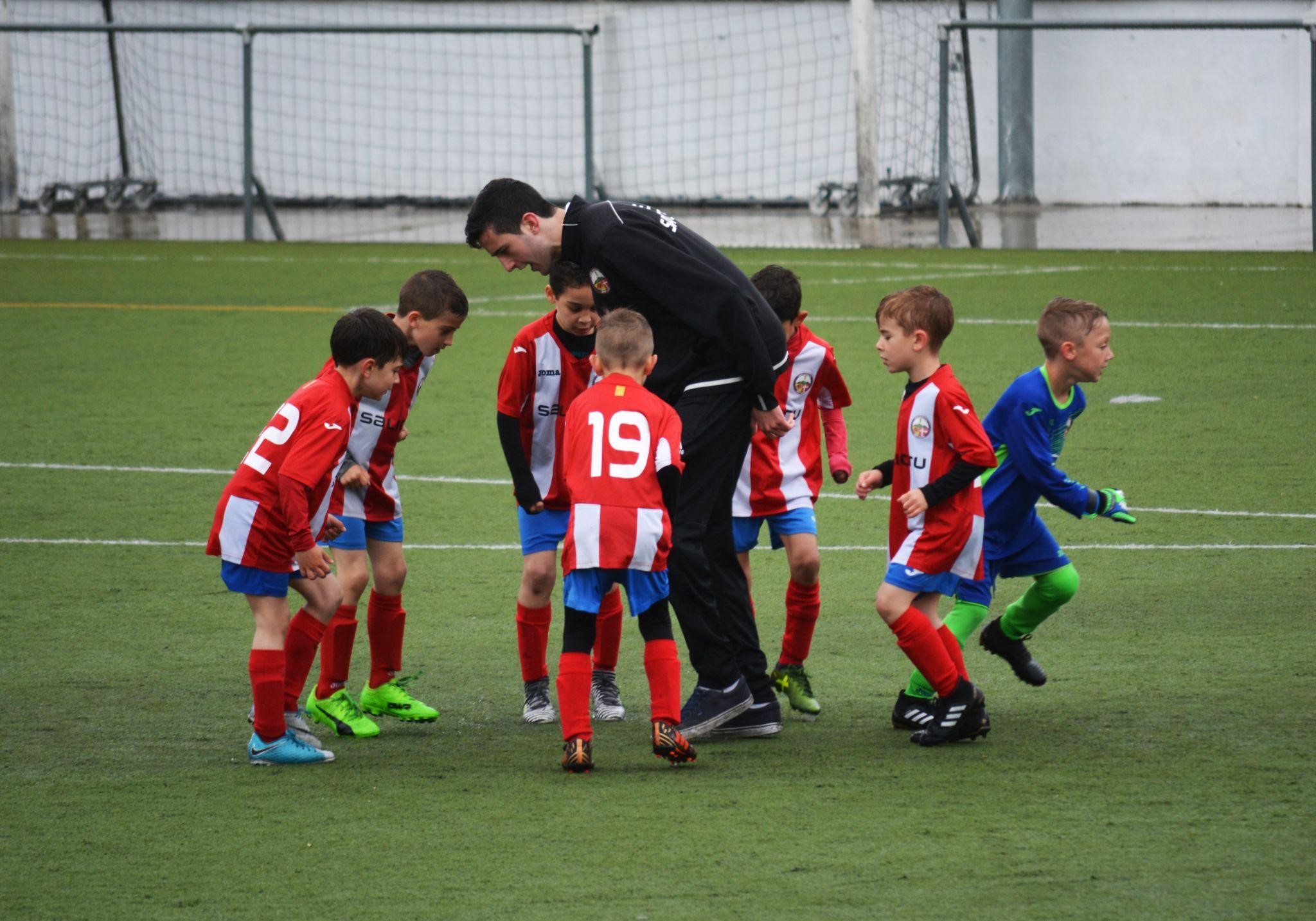The structure of any training session is a flexible system, it completely depends on the goals that you set for yourself when you come to training, however, it also contains mandatory components. One of them is a warm-up, the presence or absence of which in the training complex determines the effectiveness of the lesson and its result.
During the warm-up, blood circulation improves, blood pressure rises and the heart rate increases.
Warming up warms up the joints and ligaments – this is necessary so that they are better lubricated during the workout. The more “lubrication” in the joint, the less it wears out (the cartilage layer is erased).
The more professional the athlete and the higher the level of his skill, the more thoroughly he warms up. Warming up before training is the head of everything!
The usual story: there is little time for training, you need to start doing it faster in order to meet the time. You get into the bar, ignore the warm-up and think that the process has begun.
The immutable rule of any athlete says: no matter how much time you have for training, the first 5-10 minutes should be spent on a warm-up.
This will not only insure you against injuries, but also improve the result of the workout, because the main purpose of the warm-up is to prepare the muscles, joints and all body systems for further stress.
However, some, especially beginners, neglect this important element of training, considering it a waste of time. If you feel the same way, this article is for you. Let’s see, is a warm-up really necessary?
Warm-up before training: what is it for?
95% of visitors to gyms and fitness rooms, having barely had time to change clothes, proceed to what they consider to be the most effective part of the training: working with shells and on simulators. Don’t repeat their mistake! People who skip pre-workout warm-up sometimes do not even suspect how important functions it performs. This independent set of special exercises mobilizes the body before the upcoming loads, warms up the muscles and carefully prepares the athlete’s ligamentous-articular system.
Warm-up performs the following tasks:
• toning of the cardiovascular system in order to quickly fill the muscles involved in the exercises with blood;
• stretching muscles and tendons to avoid injury
• smooth increase in heart rate up to 100 beats per minute
• creating an adequate mood for the upcoming workout
Simply put, the result of the workout and the absence of undesirable consequences, such as muscle pain after exercise and injury, largely depend on the warm-up.
Now that we have dealt with the need for a pre-workout warm-up, let’s move on to its correct implementation for the best result.
How to warm up before a workout
An exemplary warm-up program suitable for any purpose does not exist in nature. It must necessarily correlate with your individual physiological characteristics, depend on the type of physique and the level of joint mobility. In addition, the warm-up complex should help in solving the set sports task, for example, in working out a certain muscle group.
We can say that the warm-up conditionally consists of the following elements:
• general warm-up, responsible for the functional preparation of the body for the upcoming lesson;
• stretching, which is performed after preliminary warming up of the muscles and consists in a slow, controlled execution of a set of movements;
• a special warm-up, usually carried out before working with weights;
• hitch – a set of movements that completes the workout, with the help of which the body excited by the loads goes into a calmer state.
Warm-up psychology
The warm-up is a good time to brush up on your workout goals.
Once again, remember the structure of the workout – the duration of the intervals and the duration of the recovery segments. Recall the goals of your training plan and think about how the upcoming workout relates to them. If during the warm-up you take time to think about common goals, you will get a good boost of motivation, the necessary level of concentration and positive energy to get the job done.
General warm-up
It takes no more than 10-15 minutes, this is the usual warm-up before training: jumping rope, light running, rotational movements to increase the flexibility of the ligamentous-articular system are quite suitable.
Stretching
Many beginners (and not only beginners) athletes confuse the concepts of “warm-up” and “stretching”, considering them synonymous. Meanwhile, these are completely different principles of preparing the body for the upcoming workout loads. The essence of stretching is stretching of muscle and fascial tissues and it is performed only after a warm-up, i.e. after warming up the muscles. It is worth noting that before training, stretching should be precisely dynamic, static and ballistic stretching are contraindicated, as they can lead to a decrease in muscle performance, which in turn can lead to injury, and also reduces the performance of the student.
Special warm-up
It is performed with minimal working weights before each exercise included in the training program, usually no more than 10 repetitions are done. It is believed that after such a warm-up, the body “remembers” the correct technique for performing this exercise.
Hitch
Don’t forget to cool down after your workout. This is the final part of the workout, taking no more than 5-10 minutes, it consists of a sequence of relaxing exercises. Usually this is either slow sipping in different directions, or a smooth run with a transition to walking. The hitch accelerates the removal of lactic acid from the muscles, and also helps to normalize blood flow after a workout.
What is joint warm-up?
There is such a thing as “joint warm-up”. It is especially important for athletes exposed to increased stress, gymnasts, bodybuilders. Proper preparation of the joints for training ensures their safety from the point of view of possible injuries, contributes to more effective training.
The articular warm-up complex includes lateral tilts of the body, rotations of the shoulder, elbow and wrist joints (upper limbs), rotations of the knee, ankle and hip joints (lower limbs), backbends, tilts and twists of the spine.
Proper joint warm-up reduces the risk of dislocations and damage to the ligaments, and also helps to prevent the aggravation of existing injuries and painful conditions.
—
The warm-up is a technique for getting the creative juices flowing, and it is a great way to start the day. This article will explore how one can use this technique to get more creative, and more productive.
Some of the benefits of using this technique are that it helps with creativity, focus, and energy levels. It also helps with problem-solving skills, which can be really useful in an office setting.



